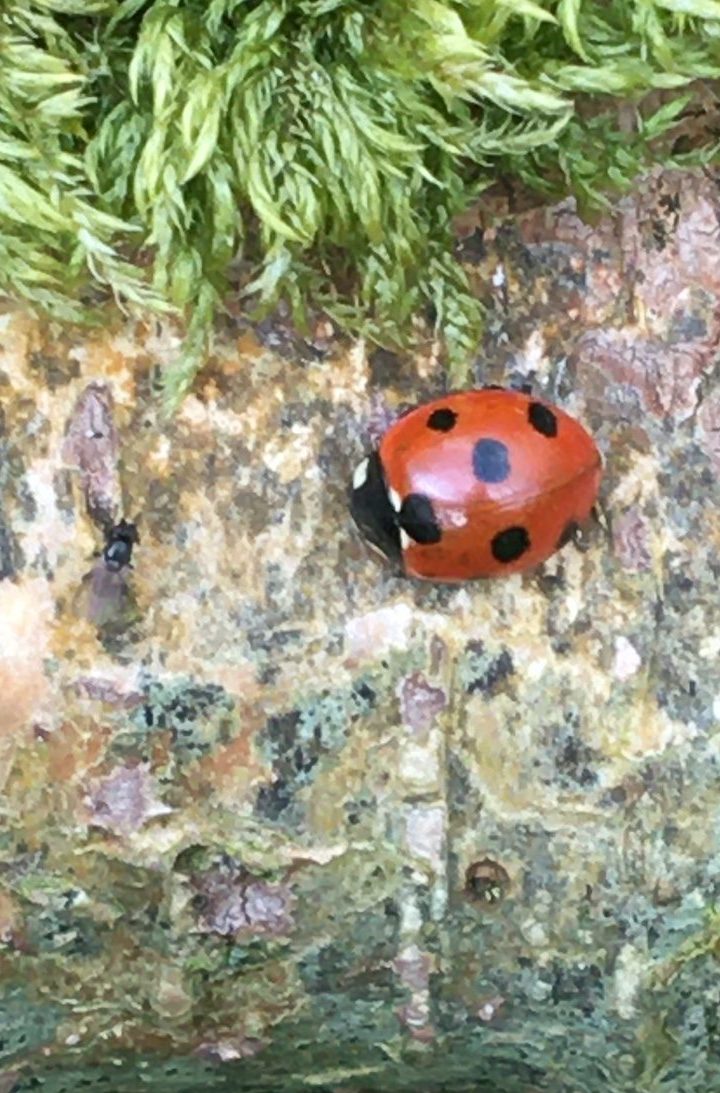Celebrate World Earth Day with a Ladybird Hunt in your garden.
22nd April 2020

Ladybirds or Ladybugs are a firm favourite with children, so let’s go on a ladybird hunt in your garden and learn more about these beetles! Look under leaves, in flowerpots, in cracks and crevices to see what ladybirds you can find. Did you know there has been over 18 species of ladybirds recorded here, not just the one with 7 spots!! From 2-spot, to 14-spot and cream spot, there are lots of different ladybirds waiting to be discovered. There’s even an invading one called the Harlequin! Use these handy ID sheets to work out what you’ve found and then go online to record them https://www2.habitas.org.uk/records/ladybirds.
As part of our Backyard Biodiversity Campaign, we want you to record what wildlife makes your garden their home and by being a ‘Citizen Scientist’ you are helping to build a better picture of where wildlife lives.
Did you know
· Ladybirds play dead to defend themselves and give off a stinky smell and yellow fluid to keep predators away!
· Ladybirds are often red, natures colour of defence, also warning off predators
· A ladybird’s favourite food is aphids or greenfly, a small green pest insect regularly found on roses, carrots, and other important crops.
· The larvae of a ladybird looks completely different to the adult – almost like a little crocodile, steely blue with creamy spots – why not find out more about ladybirds on our NI Wildlife recording website http://www.habitas.org.uk/ladybirds/index.html
| File | Type | Size | Date |
|---|---|---|---|
| Ladybird spotter sheet | 3 MB | 23rd April 2020 | |
| The Harlequin identification sheet | 745 KB | 23rd April 2020 |
